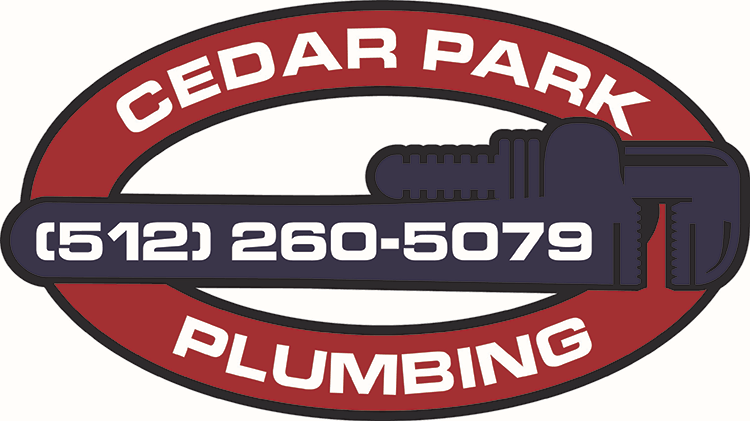As homeowners, we often take our plumbing systems for granted. We turn on the faucet or the shower, and water comes out without a second thought. However, we tend to neglect the valves that control the flow of water to these fixtures. Failure to maintain your home’s valves can result in issues like low water pressure, leakage, and damage to your property. Now, you don’t need to be a plumbing expert to perform valve maintenance at home. This blog post will provide you with easy-to-follow tips to keep your plumbing system in top shape.
Check for leaks regularly.
Valves regulate the flow of water in your plumbing system. They come in different types, including gate valves, ball valves, and globe valves. Leaks can occur in any of these types, resulting mainly from worn out or damaged seat and seal gaskets. You don’t need to call a plumber every time you suspect a leak. However, you can quickly run a DIY inspection to check for signs of water puddles or dampness in the area around the valve. If you detect one, shut off your main water supply and tighten the valve’s packing nut half a turn. This should seal the valve’s gasket and stop the leak.
Lubricate your valves.
Just like any moving part, valves need lubrication to function properly. Lubrication prevents corrosion and wear, enabling your valves to regulate water flow smoothly. However, only use lubricants appropriate for your valves. For example, never use vegetable oil, petroleum jelly, or cooking oil, as these substances will break down over time, causing damage to your valves. Instead, opt for silicone or Teflon lubricants that won’t damage your plumbing system. To lubricate your valves, turn the valve’s handle until the valve is fully open, then apply a few drops of the lubricant to the spindle. Turn the valve handle back and forth to ensure that the lubricant spreads evenly.
Clean your valves.
Over time, valves can become clogged with debris or buildup from minerals in your water system. This can restrict water flow or damage the valve’s gasket, causing leaks. One way to prevent this is to clean your valves regularly. You can do this by shutting off the main water supply and removing the valve from the plumbing system. Take a soft brush and scrub the interior of the valve to remove any buildup. Rinse the valve with water and reinstall it. Turn the water supply back on to test the valve’s functionality.
Replace faulty valves.
Even with regular maintenance, valves can wear out over time, especially with frequent use. Faulty valves can result in low water pressure, leaks, and other plumbing problems. When this happens, you’ll need to replace the valve. Don’t wait too long to do this, as faulty valves can cause significant water damage to your property. Replacing a valve can be challenging, especially if you’re not familiar with plumbing. It’s always best to seek professional help to avoid further damage to your plumbing system.
Conclusion
Your home’s plumbing system is a critical part of your comfort and daily activities. By regularly maintaining your valves, you can prevent plumbing issues like leaks, low water pressure, and costly repairs. Remember to inspect for leaks regularly, lubricate and clean your valves, and replace faulty valves promptly. If you’re unsure about performing any valve maintenance tasks, don’t hesitate to call a plumbing expert for assistance. With these tips, you can keep your plumbing system flowing smoothly and avoid any future headaches.

